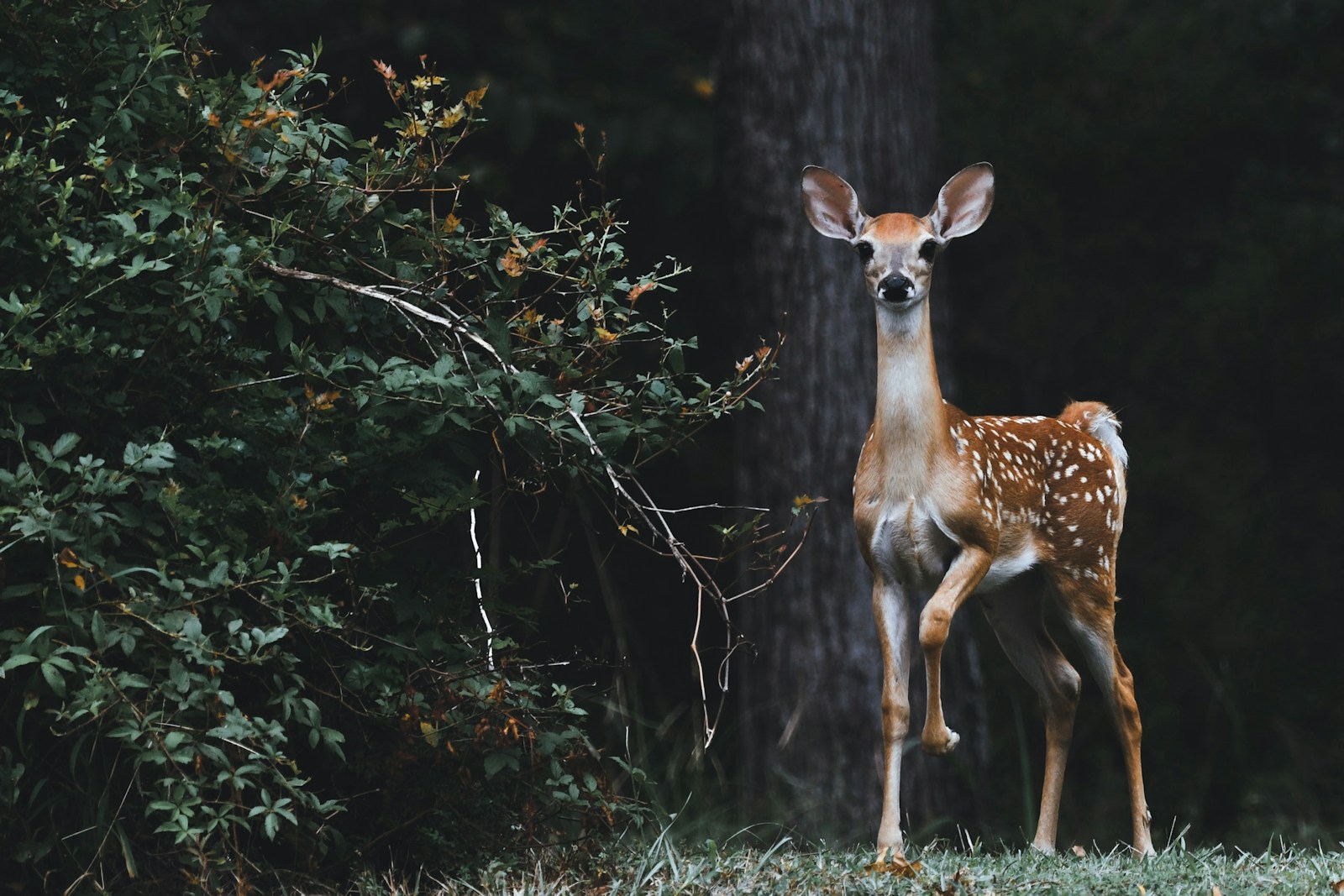Few experiences match the serenity of enjoying a meal in the great outdoors, surrounded by nature’s splendor. However, this peaceful scene can quickly transform into chaos when wildlife decides your carefully packed provisions look more appealing than their natural diet. From persistent raccoons to powerful bears, wildlife encounters at campsites often center around food access. Understanding how to properly secure your edibles isn’t just about preserving your meals—it’s an essential safety practice that protects both campers and animals. When wild creatures associate humans with easy food access, they develop dangerous habits that often lead to their destruction. This comprehensive guide explores the most effective methods to safeguard your food while camping, ensuring your outdoor adventure remains both enjoyable and respectful of the wildlife around you.
Understanding Why Wildlife Targets Human Food
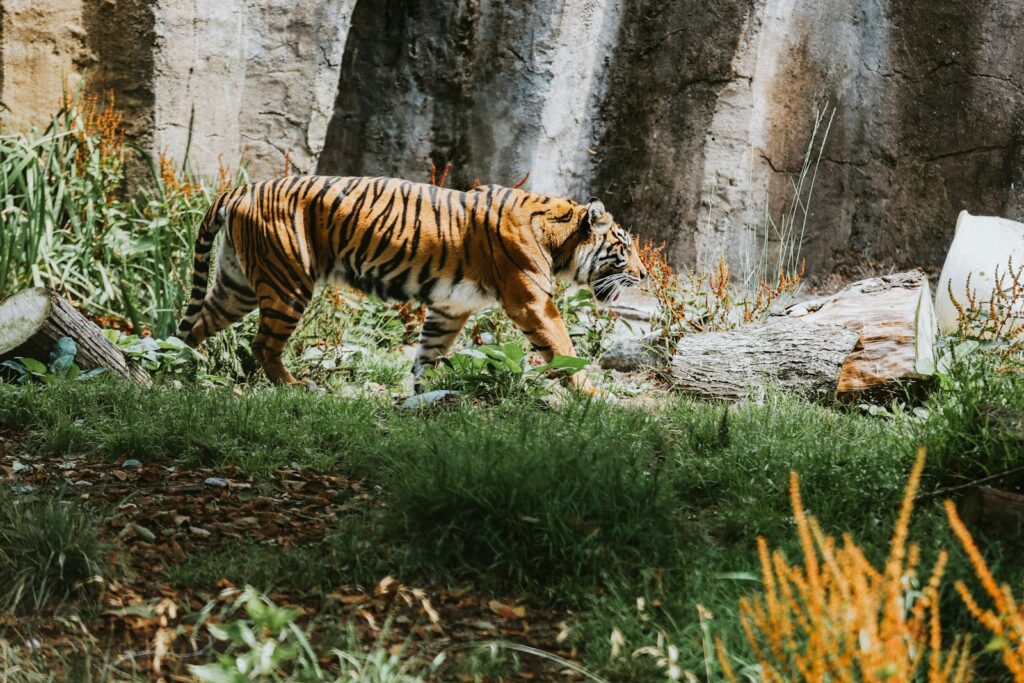
Wild animals are naturally attracted to human food because it often provides more calories with less effort than their typical foraging activities. Many species have evolved keen senses of smell that can detect food from remarkable distances—bears, for instance, can smell food from over a mile away. Once wildlife discovers that campsites are reliable sources of easily accessible calories, they quickly learn to associate humans with food opportunities. This behavioral adaptation, called habituation, becomes increasingly problematic when animals lose their natural wariness of humans. The nutritional composition of human food can also be harmful to wildlife, causing health problems and altered feeding behaviors that disrupt natural ecosystems.
The Bear Canister: Your First Line of Defense
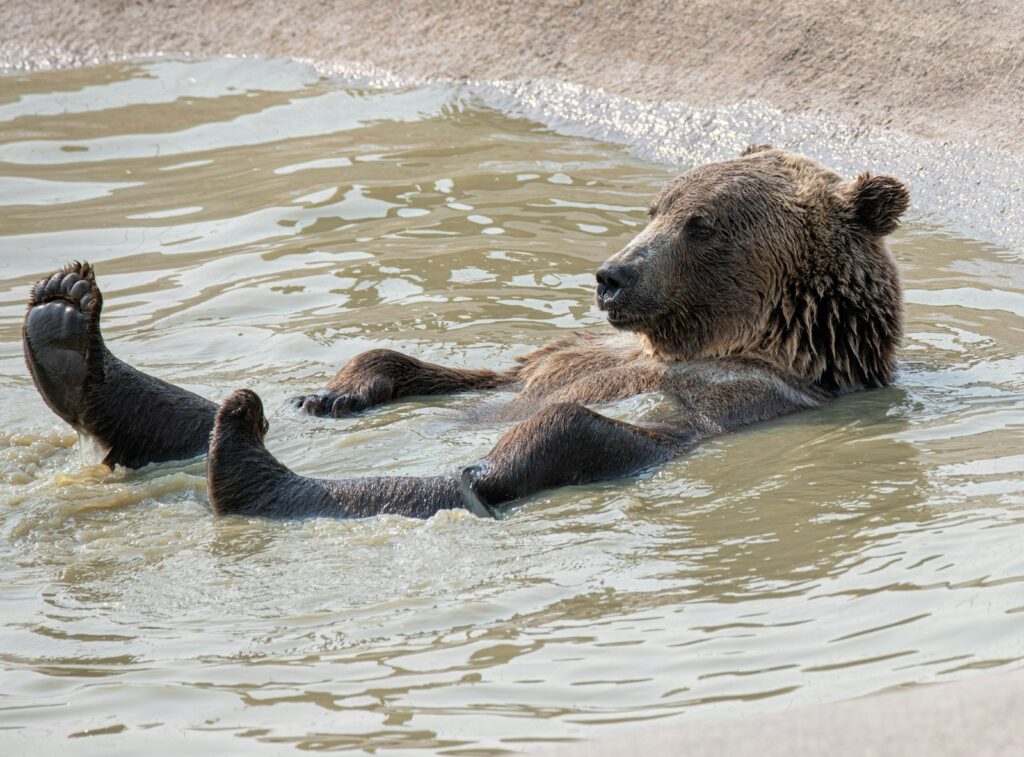
Bear canisters represent one of the most reliable food storage solutions available to modern campers. These hard-sided containers are specifically designed to withstand the tremendous strength and problem-solving abilities of bears, featuring rounded edges that prevent animals from getting a firm grip or leveraging their jaws effectively. Most quality bear canisters are certified by the Interagency Grizzly Bear Committee (IGBC) or similar organizations, ensuring they meet rigorous testing standards. Beyond their primary function, bear canisters offer the practical advantage of doubling as camp stools and being waterproof, keeping your food safe from both animals and elements. While they add weight to your pack (typically 2-3 pounds), this investment provides peace of mind in areas with significant bear activity and is mandatory in many national parks and wilderness areas.
Mastering the Art of the Bear Hang
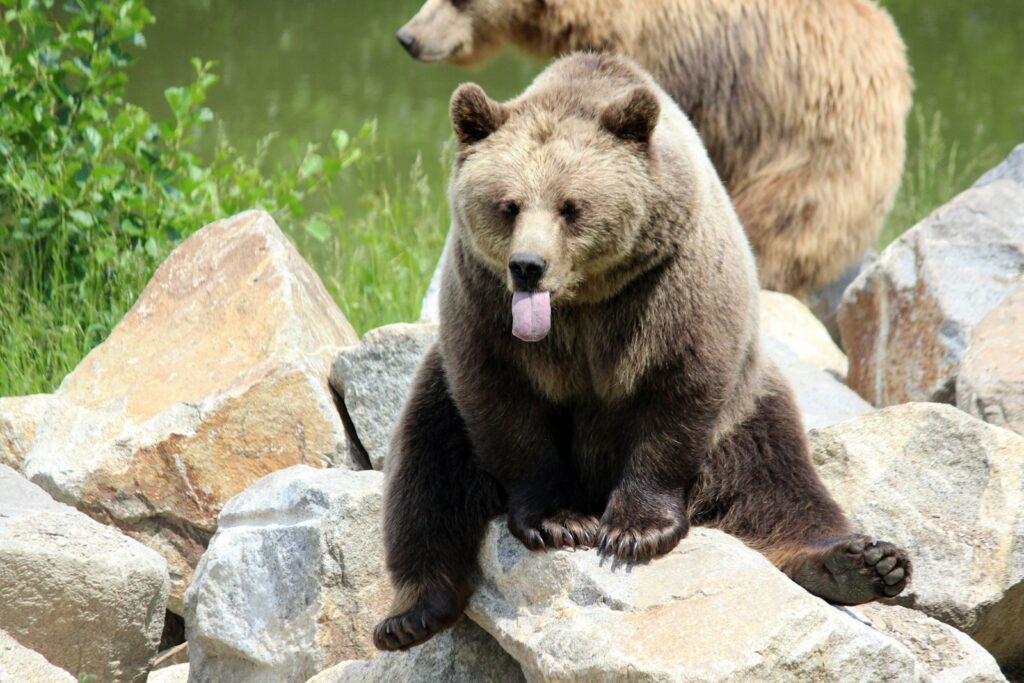
The bear hang method has been a traditional approach to food protection for generations of backcountry travelers. This technique involves suspending your food from a tree branch in a stuff sack or other container, positioning it at least 10-12 feet off the ground and 4 feet away from the trunk or any branches a bear might climb. The PCT (Pacific Crest Trail) method has emerged as one of the most effective hanging techniques, utilizing a counterbalance system that makes it nearly impossible for wildlife to access. Successfully executing a proper bear hang requires practice and preparation—you’ll need at least 50 feet of lightweight rope or cord, an appropriate stuff sack, and knowledge of knots like the trucker’s hitch. The effectiveness of this method depends greatly on finding suitable trees, which can be challenging in alpine environments, desert landscapes, or areas with young forest growth.
Odor-Proof Bags and Food Storage
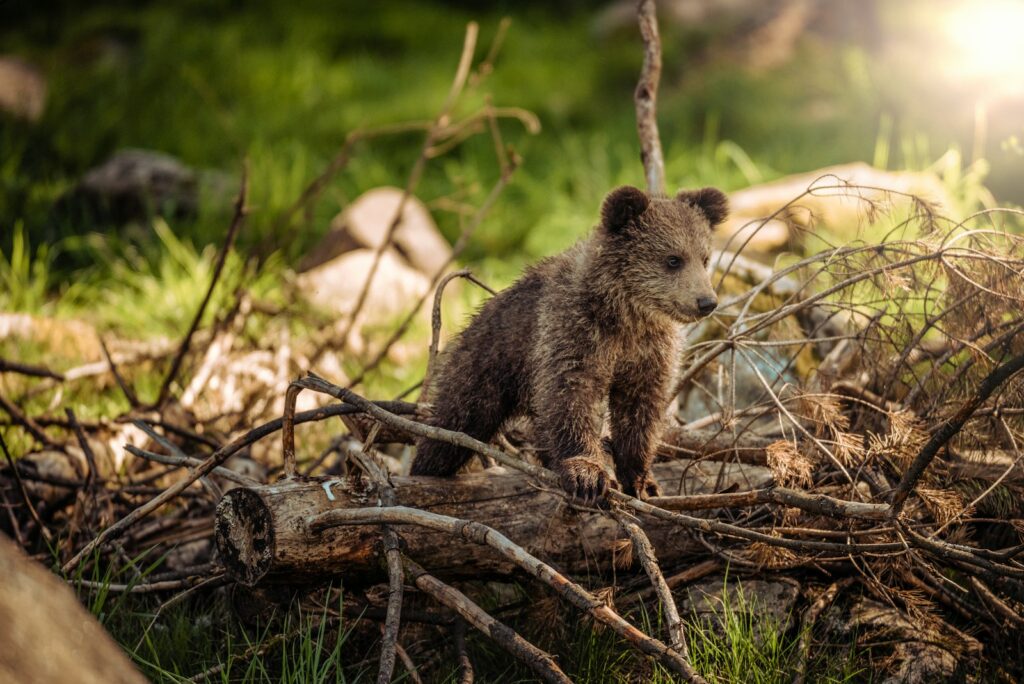
Odor-proof bags represent a technological advancement in food protection that addresses the root problem—the scent that attracts wildlife in the first place. These specialized bags are constructed with multiple layers of odor-barrier film that prevent food smells from escaping and attracting animals with keen senses of smell. High-quality odor-proof bags often feature heavy-duty closures that create airtight seals, with some brands like OPSAK and LOKSAK leading the market in effectiveness. While these bags provide an excellent first line of defense, they should be used in conjunction with other protection methods like bear canisters or proper hanging techniques, especially in areas with significant bear populations. To maximize effectiveness, campers should organize foods by meal in separate odor-proof bags, reducing the number of times bags need to be opened and releasing scent.
Utilizing Bear Lockers and Metal Food Boxes
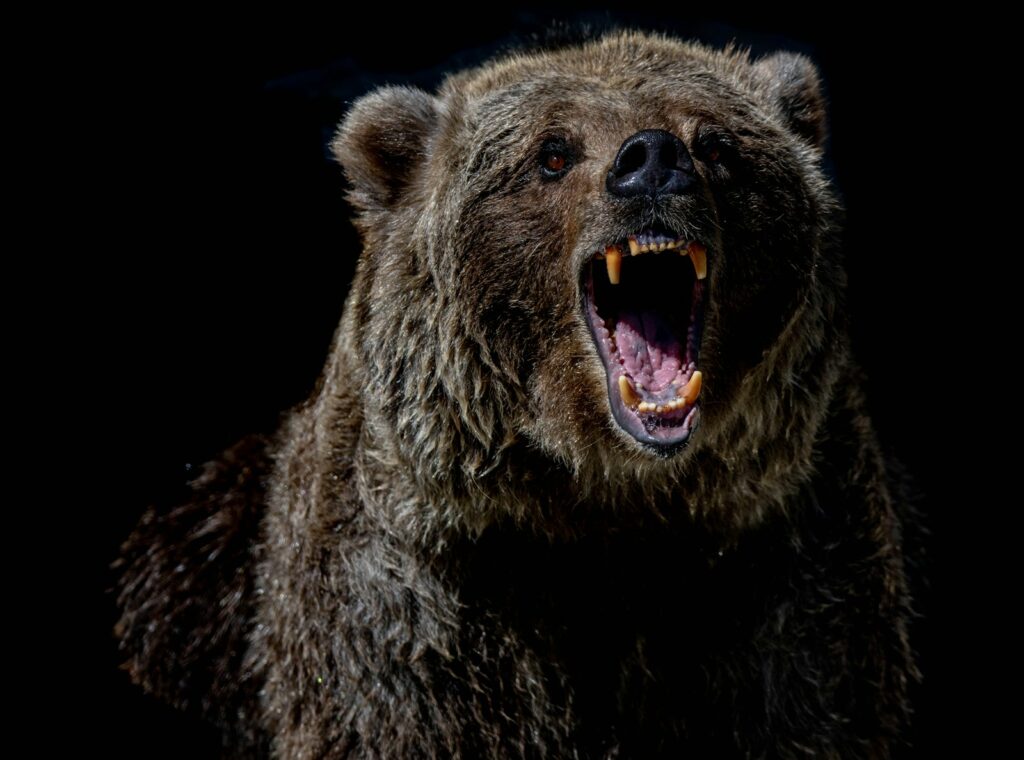
Many established campgrounds in wildlife-rich areas provide bear lockers or metal food boxes as a convenience for campers. These sturdy metal containers are permanently installed at campsites and designed to withstand even the most determined wildlife attempts. Proper usage requires understanding the specific closing mechanisms, which often feature carabiner-style latches or specialized handles that bears cannot manipulate. When using communal bear lockers, organization becomes essential—clearly label your food bags and respect other campers’ space, as these resources are typically shared among multiple camping parties. The primary limitation of these storage options is their fixed location, meaning you’ll need to make regular trips between your campsite and the storage location throughout your stay, particularly before dusk and after dawn when wildlife activity typically increases.
Portable Electric Fences for Remote Camping
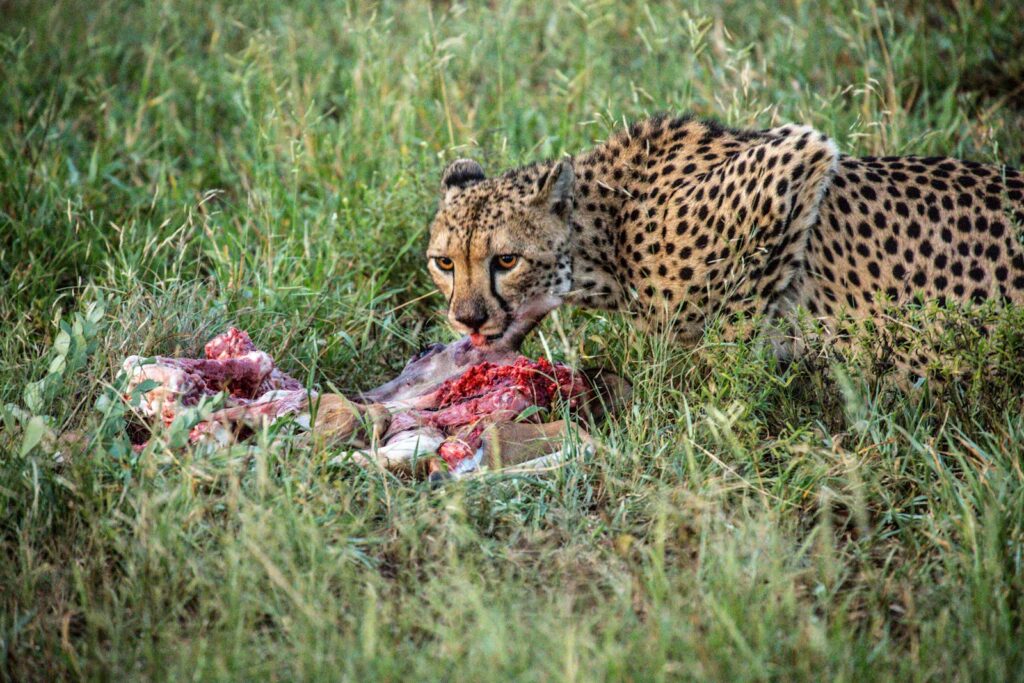
For extended stays in remote backcountry locations, portable electric fences provide a high-tech solution to wildlife food protection. These systems consist of lightweight, packable fencing materials powered by compact battery packs that deliver a harmless but effective deterrent shock to curious wildlife. Setting up an electric fence requires careful attention to perimeter security—the fence must form a complete circuit without gaps and be properly grounded according to the manufacturer’s specifications. The effectiveness of electric fences has been demonstrated in multiple wildlife studies, showing particularly good results with deterring bears from established campsites over longer periods. While these systems add weight to your pack (typically 4-7 pounds) and require some technical knowledge to deploy correctly, they offer a reliable solution for base camps, especially for activities like extended hunting trips, fishing expeditions, or geological surveys.
Strategic Cooking Practices to Minimize Attraction
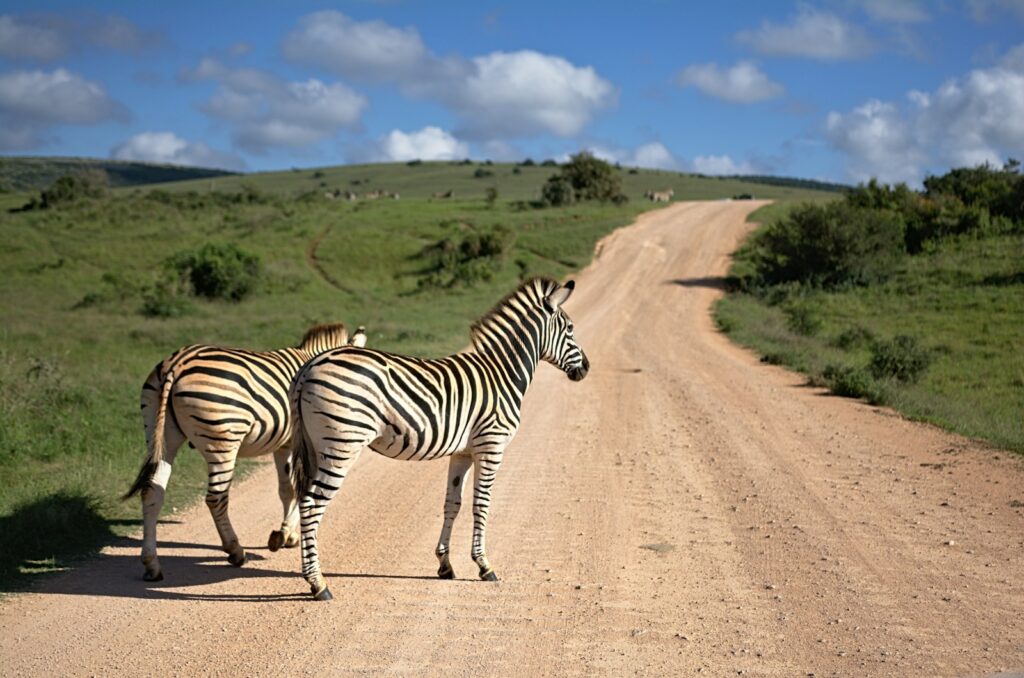
How and where you prepare meals can significantly impact wildlife attraction to your campsite. Establishing a designated cooking area at least 200 feet from your sleeping location creates a crucial safety buffer zone that keeps food odors away from where you’ll rest. Choosing foods with minimal strong odors for backcountry trips can dramatically reduce your scent footprint—this means limiting heavily spiced dishes, aromatic foods like tuna or salami, and strongly scented sweets. Careful management of cooking waste is equally important, with particular attention to disposing of dishwater by straining food particles (and packing them out) before scattering the water broadly. Changing clothes after cooking provides an additional layer of protection, as cooking odors readily permeate fabrics and can attract wildlife to your tent if those garments are worn while sleeping.
Dealing with Smaller Critters: Rodents and Raccoons
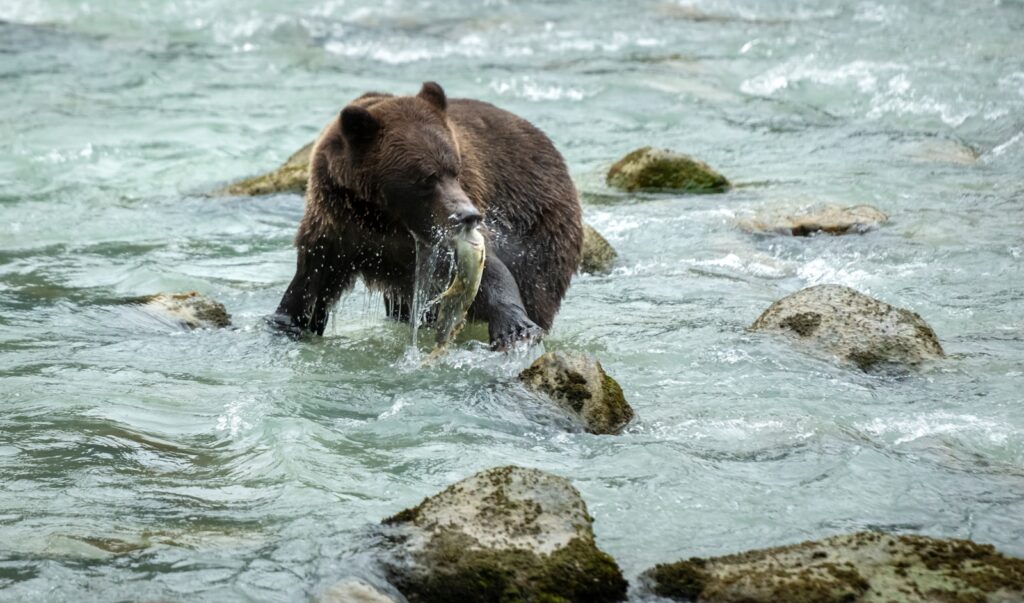
While bears often dominate conversations about food protection, smaller creatures like mice, squirrels, raccoons, and marmots actually account for the majority of food-related issues at campsites. These animals can be surprisingly persistent and destructive, capable of chewing through backpacks, tent walls, and plastic containers to access food. Hard-sided containers provide excellent protection against these smaller animals, with even a simple plastic food storage container offering significant defense against rodents. Hanging methods must be adapted for these creatures, recognizing that raccoons can climb ropes and mice can navigate surprisingly narrow cords to reach hanging food bags. Regular campsite cleaning becomes particularly important with these animals, as even tiny food scraps or spills can attract them to your site and encourage increasingly bold behavior.
Food Storage While Hiking and During Day Trips

Protecting your food during active periods when you’re away from camp presents unique challenges that require specific approaches. When taking day hikes from an established campsite, always secure all food items using appropriate methods before departing, even if you plan to be gone for just a short time. During meal breaks on the trail, maintain awareness of your surroundings and never leave food unattended, as opportunistic wildlife can appear with surprising speed. Many experienced hikers develop the habit of using the “buddy system” for restroom breaks and other situations where temporarily stepping away from food becomes necessary. For multi-day treks, consider how your food protection strategy might need to adapt to different environments as you move through varied terrain with potentially different wildlife concerns.
Understanding Regional Wildlife Differences
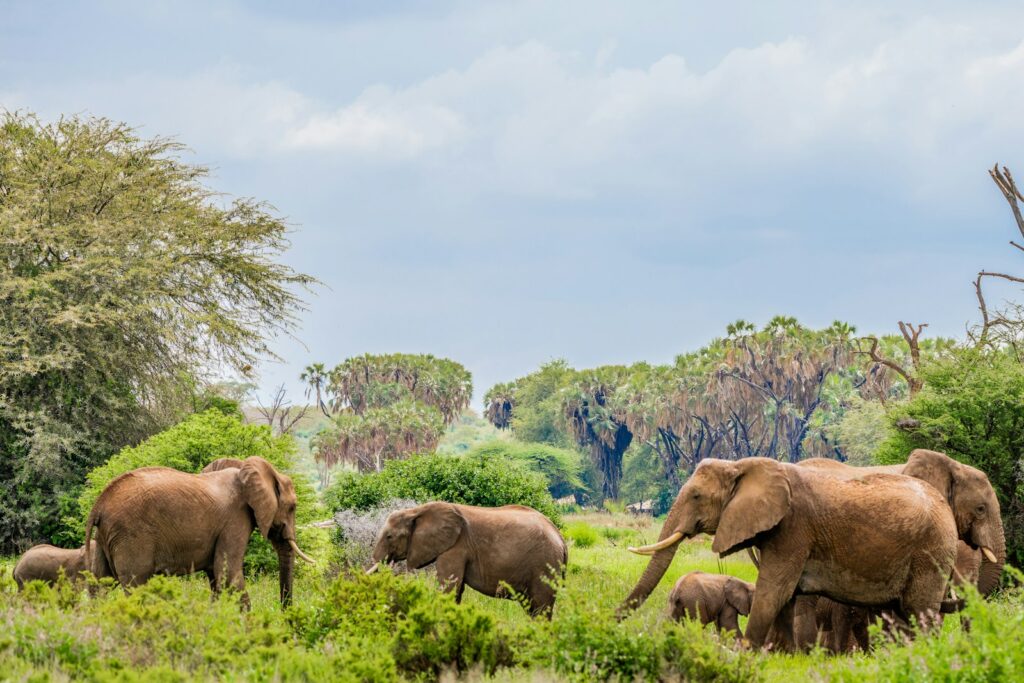
Food protection strategies should be tailored to the specific wildlife concerns of your camping destination, as different regions present varied challenges. The Pacific Northwest and Northern Rockies contend primarily with black and grizzly bears, necessitating rigorous food protection protocols including bear canisters or carefully executed hanging methods. The desert Southwest presents different challenges, with clever ravens and resourceful coyotes being primary concerns rather than bears, making sealed containers and vigilant campsite management essential. Florida’s unique ecosystem introduces wildlife like raccoons, opossums, and even alligators in some areas, requiring modified approaches focused on secure containers and appropriate food storage. Before any camping trip, researching region-specific wildlife concerns and corresponding food storage regulations is an essential planning step that allows you to prepare appropriate protection methods.
Creating a Wildlife-Resistant Camp Kitchen
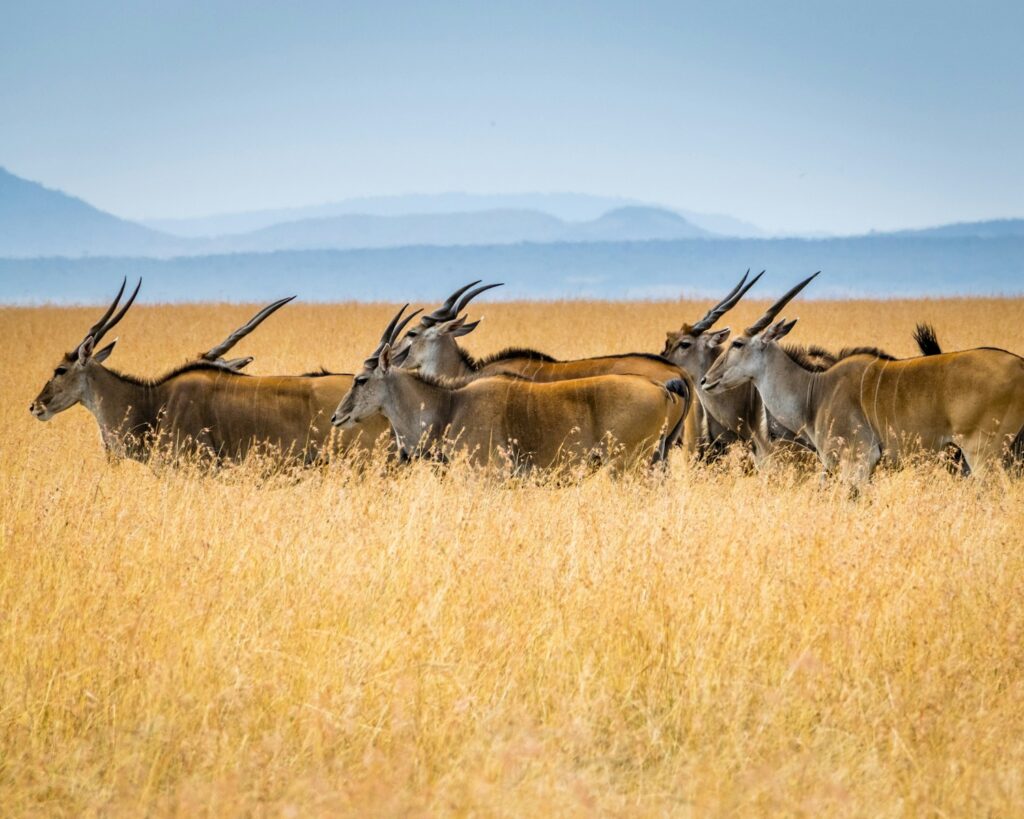
Thoughtful organization of your camp kitchen creates an environment that naturally minimizes wildlife attraction and maximizes food security. Maintaining a triangle of safety by positioning your cooking area, food storage location, and sleeping site at least 100 feet apart from each other creates important buffer zones that keep wildlife activity away from where you sleep. Implementing a comprehensive cleanup routine after every meal prevents the accumulation of food residues that might attract wildlife, with particular attention to collecting micro-trash like food wrappers, spice packets, and tiny food scraps. Proper disposal of greywater (used dishwater) requires straining out all food particles and dispersing the water over a wide area far from camp, while food waste should always be packed out rather than buried, as animals will readily dig up buried food scraps.
Emergency Responses to Wildlife Food Encounters
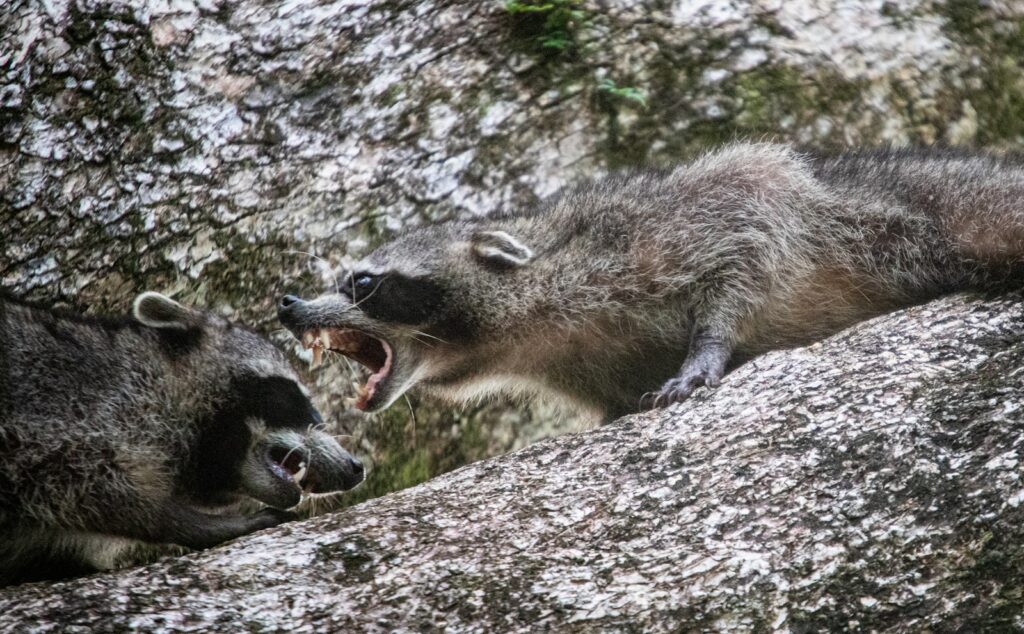
Despite best preventative efforts, wildlife encounters around food sometimes occur and require appropriate responses that prioritize safety while minimizing harm to the animals. If you discover wildlife investigating your food, maintain a safe distance and never attempt to rescue provisions while an animal is actively engaged with them—your safety always takes precedence over recovering supplies. Making loud noises from a safe distance by shouting, clapping hands, or banging pots together will often encourage animals to retreat, though this should be done from a position of safety. After any wildlife food encounter, thoroughly document the incident if camping in a managed recreation area, as rangers need this information to track problem animals and adjust management strategies. Most importantly, analyze what attracted the animal and how your food protection system might have failed, making immediate adjustments to prevent repeat encounters.
Teaching Responsible Food Protection to Children
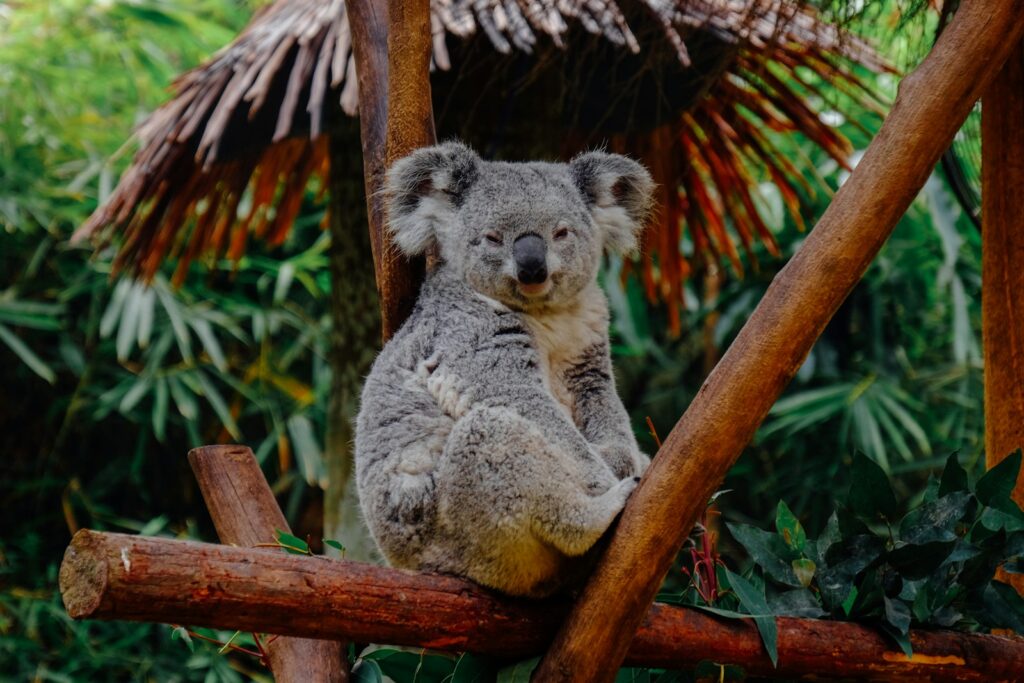
Family camping trips present perfect opportunities to instill wildlife respect and proper food management habits in younger generations. Involving children in food protection activities creates meaningful learning experiences—kids can help hang food bags, secure bear canisters, or participate in thorough camp cleanups while learning the ecological reasons behind these practices. Age-appropriate responsibilities might include having younger children help with collecting micro-trash around the campsite while older children learn proper food hanging techniques or how to operate bear-resistant containers. Creating simple rhymes or memory devices helps children remember important wildlife safety rules, such as “A fed bear is a dead bear” to reinforce why we never intentionally or unintentionally feed wildlife. These early lessons in responsible outdoor ethics often develop into lifelong conservation values that children carry into adulthood.
Conclusion
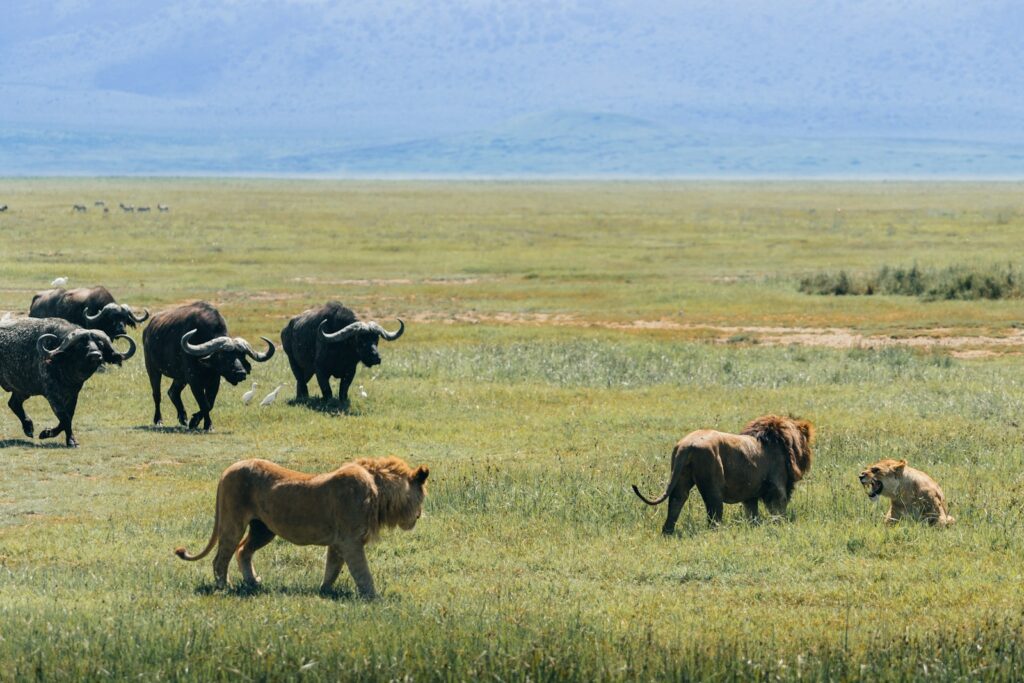
Effectively safeguarding your food from wildlife while camping requires striking a careful balance between convenience and protection. While cutting corners might save time initially, the consequences—ranging from lost supplies to dangerous wildlife encounters—far outweigh these small conveniences. By understanding regional wildlife behaviors, implementing appropriate storage techniques, and practicing responsible camp cooking, you create a safer environment for both humans and animals. Remember that these practices aren’t just about protecting your next meal—they’re about preserving natural wildlife behaviors and ensuring these magnificent creatures don’t develop dangerous dependencies on human food. Your diligence contributes directly to conservation efforts and helps maintain the wilderness experience for future generations of outdoor enthusiasts.

